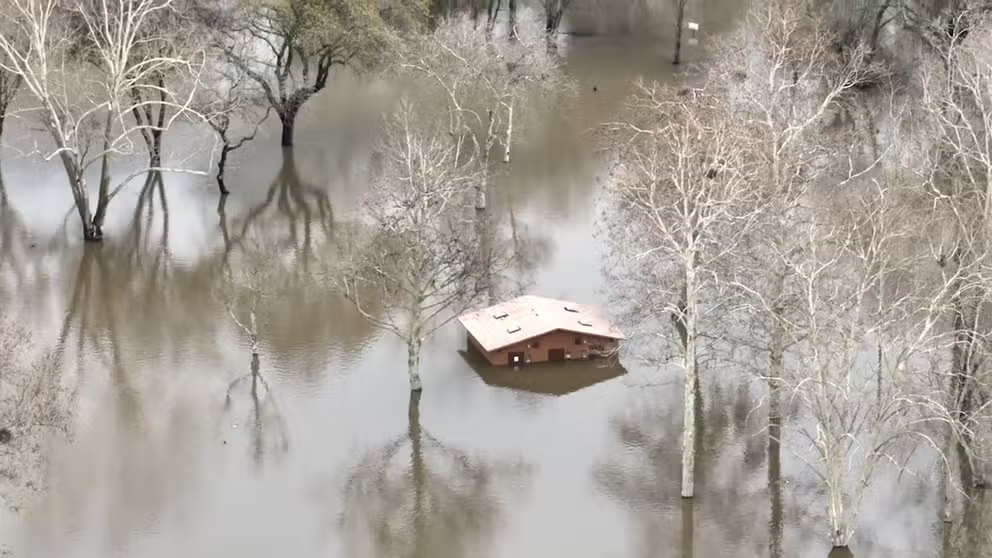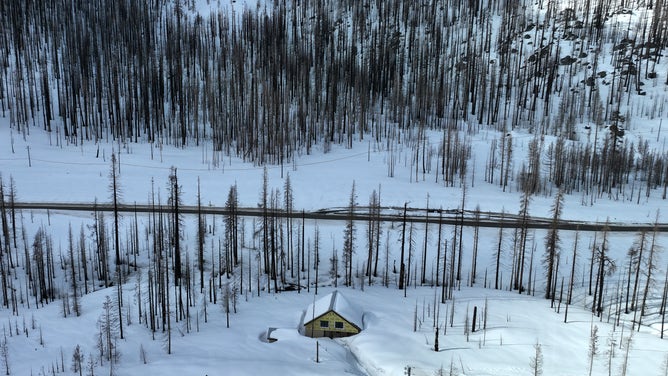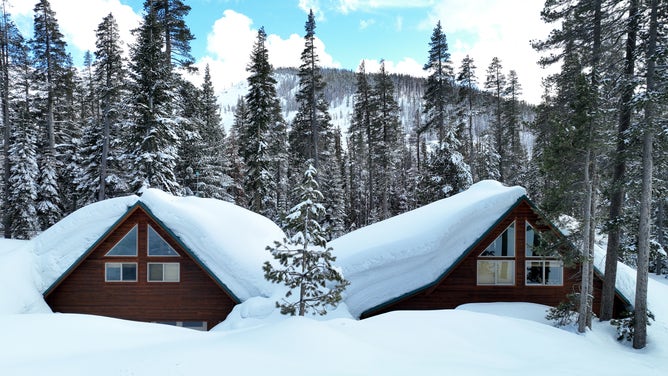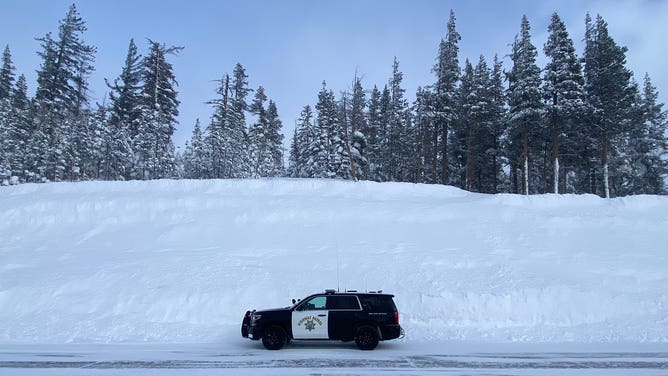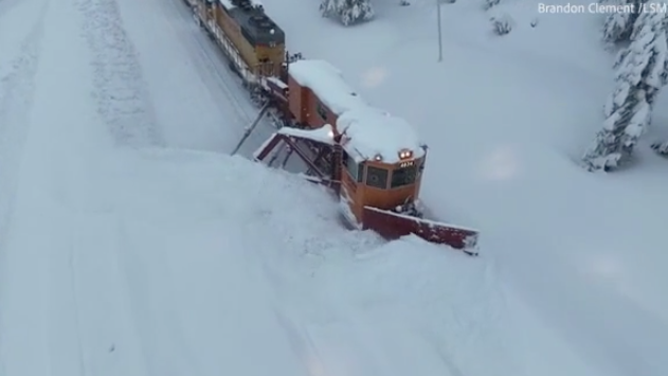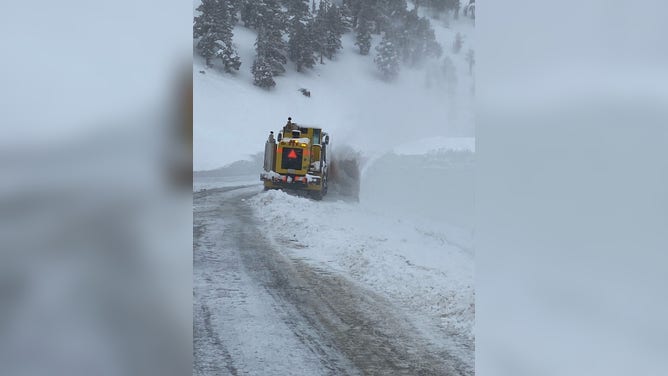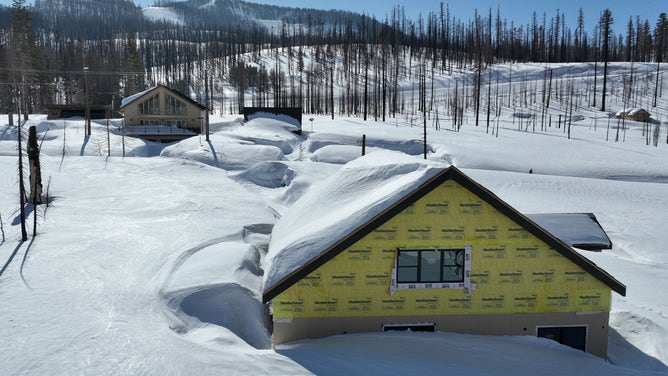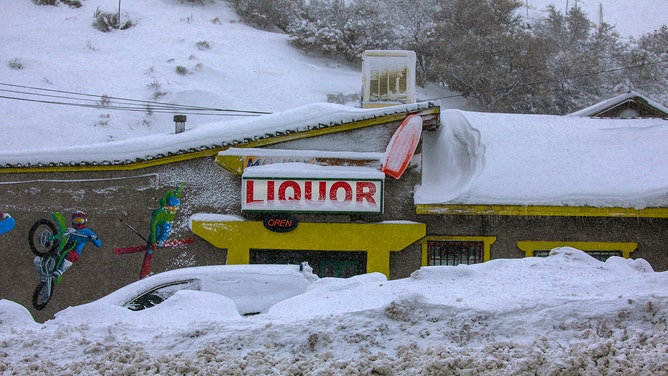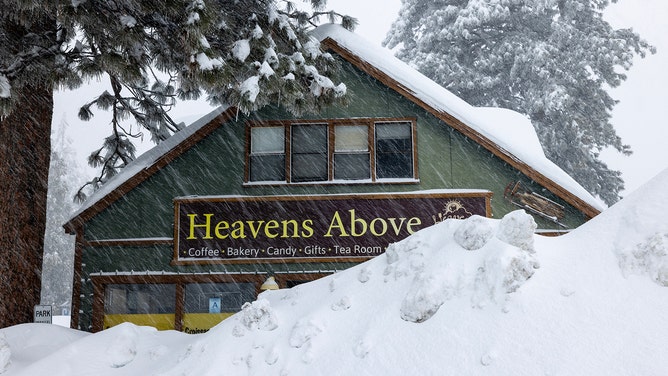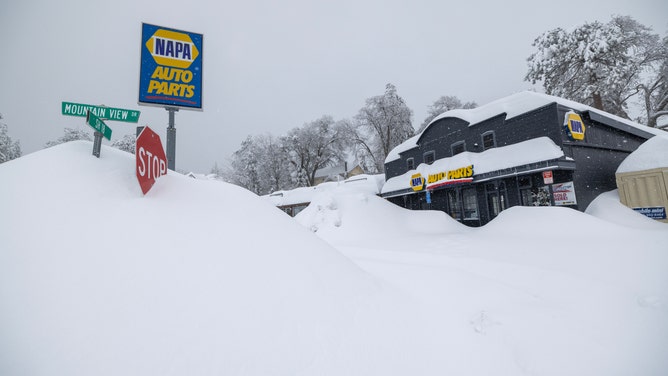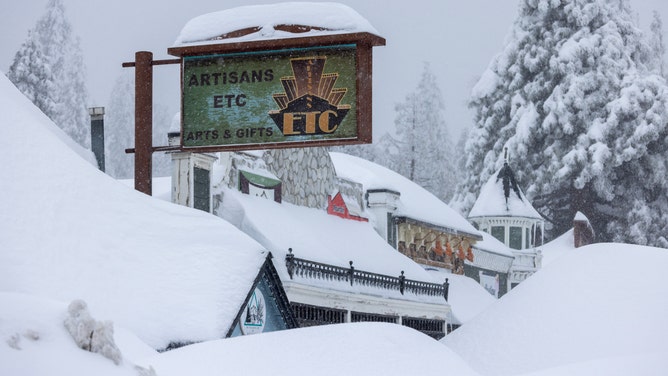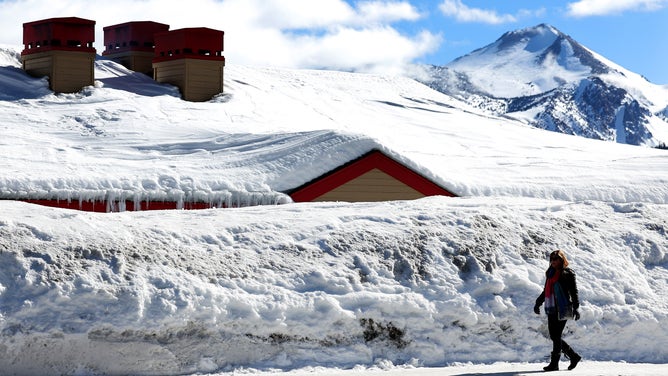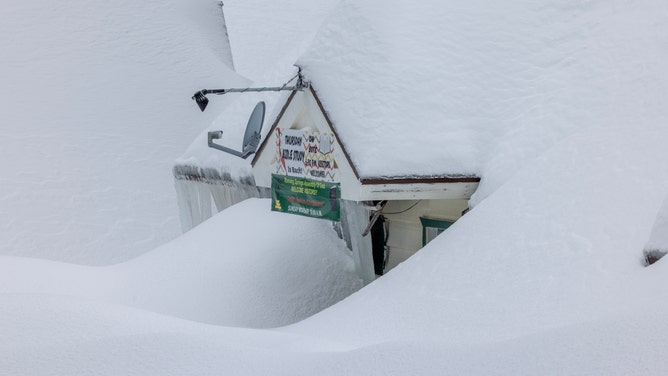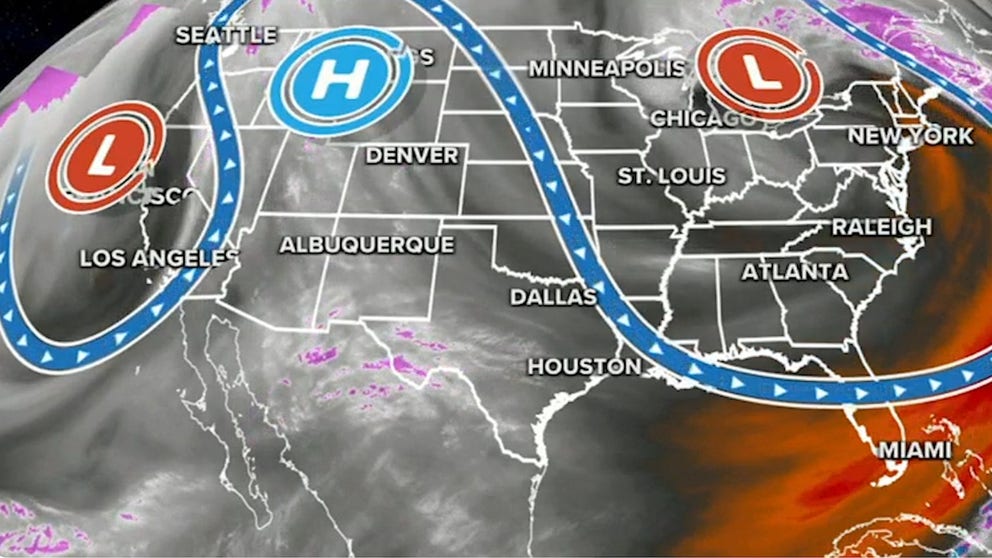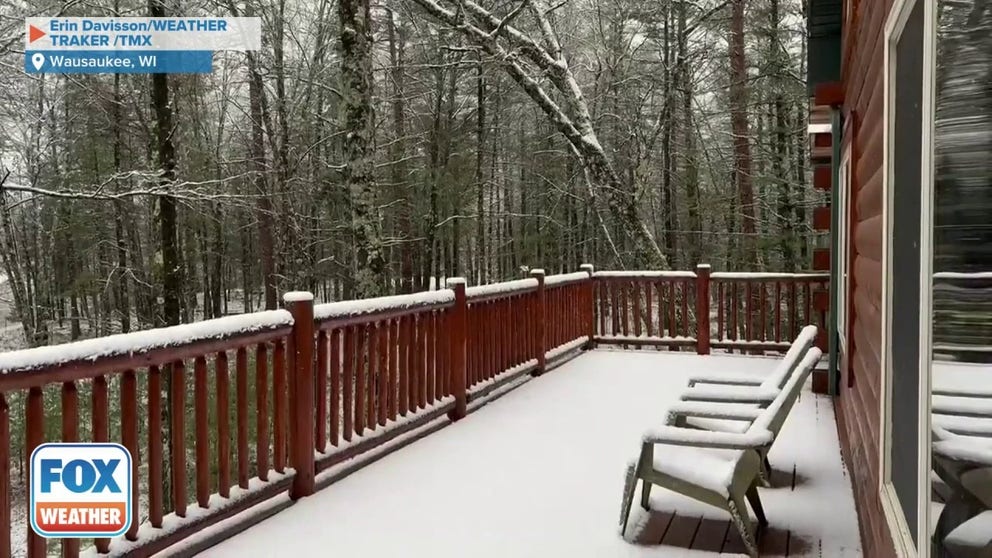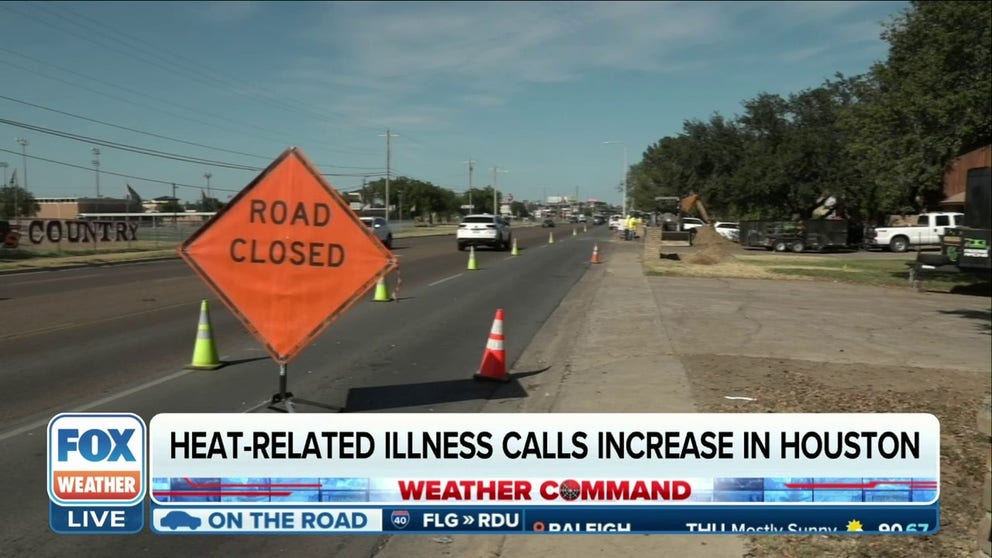Stuck weather patterns dominate headlines in first half of 2023
From atmospheric rivers to Omega blocks to a deadly heat wave, the nation's weather during the first half of 2023 has been created by stagnant weather patterns.
Atmospheric rivers explained: What you need to know
What is an atmospheric river? The largest freshwater 'rivers' on Earth, atmospheric rivers are long, narrow bands of highly concentrated water vapor flowing in the atmosphere.
We’ve made it into the second half of 2023, and while there’s no way of knowing for sure what that means in terms of significant weather events moving forward, we can go back and look at what dominated the headlines in the first part of the year.
From atmospheric rivers to an Omega block and a deadly heat wave, the first six months of 2023 were certainly active.
Atmospheric rivers slam the West
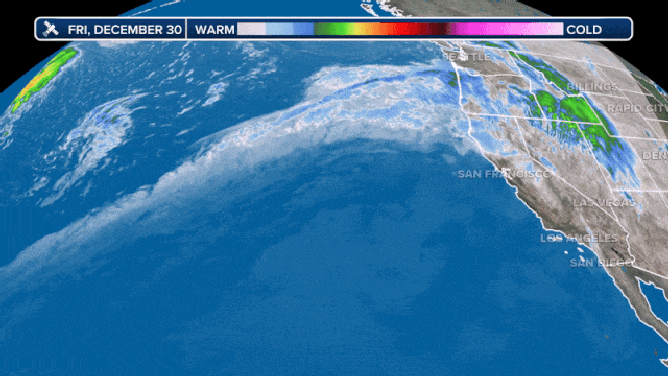
Parade of atmospheric rivers into California
(FOX Weather)
The end of 2022 and the first part of 2023 was a destructive and deadly time for the West, with California being especially hard-hit by a series of atmospheric river storms that brought relentless rain and flooding to lower elevations while mountain communities saw record-breaking snowfall totals that yanked the state out of historic drought levels.
More than 20 people were killed during the storms, prompting President Joe Biden to approve both a major disaster declaration and an emergency declaration for the Golden State.
Flooding forces thousands from their homes
Atmospheric river unleashes deadly rainstorms on California: See the widespread flooding and destruction
An onslaught of atmospheric river storms has brought torrential rain and life-threatening flooding, mudslides and debris flows to many parts of California.
Most of California saw several feet of rainfall over a period of several weeks earlier this year. This led to numerous reports of flooding and mudslides that washed away roads and vehicles and forced thousands of residents to flee while the region was battered.
Countless rescues needed to be made as rapidly rising floodwaters trapped people in their vehicles while they were attempting to reach safety.
Watch: Southern California driver rescued from floodwaters
Weekend rains touched off flash flooding in Ventura County, California which is north of Los Angeles. The shallow but fast-moving floodwaters stranded the car. Fire crews airlifted a rescuer who had to pull the driver out of the car window while hanging from a helicopter in gale-force winds.
A helicopter had to pull a man from his stranded car in Ojai, California, about 80 miles northwest of Los Angeles. The man waited for rescuers in the dark as the wind tore at the top of his car and swift floodwaters pushed from below.
A rescue swimmer was dropped from a helicopter to the roof of the car. He had to pull the driver from the window before securing him and flying to solid ground.
California's Sierra Nevada Mountains buried under epic snow

Neil Lareau shows the view from the kitchen sink in Truckee, California, on Monday, Feb. 27, 2022.
(@nplareau / Twitter / FOX Weather)
Some parts of California's Sierra Nevada, like Mammoth Mountain, were buried under nearly 60 feet of snow during the barrage of atmospheric river storms that slammed the state during the first few months of 2023.
Residents living in the higher elevations of the Sierra Nevada in San Bernardino County were trapped for weeks when storm after storm dropped feet of snow across the region.
So much snow fell that the California National Guard was called in to go door-to-door to check in on trapped residents in Lake Arrowhead.
"People are trapped in their homes and have been for now more than five days because the streets are not plowed," San Bernardino Mountains resident Michelle Calkins said in March.
"Please, we beg you," she continued. "We need help from the state. Are you listening?"
California's reservoirs refilled
Only a few years ago, California's reservoirs looked like they were on their last legs, with water levels so low that many appeared to be running dry. After dozens of atmospheric river storms slammed the state, they made a dramatic turnaround.
Photojournalist reveals how California's reservoirs were replenished by atmospheric rivers
California photojournalist Josh Edelson captured stunning images of Lake Oroville before and after the extremely wet winter of 2023. Edelson noted that California's reservoirs were bordering on empty in 2021 compared to this spring when water was released from reservoirs in preparation for more rain.
In only three weeks, the storms dropped more than 32 trillion gallons of water across the Golden State.
San Francisco reported measurable rain on 17 of the 23 days between Dec. 26 and Jan. 17, including 12 days that featured at least a half-inch and four days with an inch or more. Los Angeles reported rain on 14 of those 23 dates. A dry Jan. 1 was the only day stopping Arcata from experiencing 25 consecutive days with measurable precipitation.
That 32 trillion gallons of water would be enough to fill more than 210,000 Rose Bowl-sized stadiums with water, according to rough estimates by the FOX Forecast Center. Put another way, you could place a Rose Bowl stadium on every square mile in California and have enough rainwater to fill each to the brim but still have enough water leftover to fill another 50,000 of the iconic stadiums.
Omega block dominates weather in the West, East
What is an 'Omega block' weather pattern?
Named for its resemblance to the Greek letter Ω, an Omega block occurs when two low-pressure systems become cut off from the main flow of the jet stream, sandwiching a high-pressure system between them.
An Omega block weather pattern dominated the headlines back in May.
The name comes from a resemblance to the Greek letter Ω on a weather map. It’s created when two low-pressure systems become cut off from the main flow of the jet stream, and a high-pressure system is sandwiched in between them.
May snowstorm hits Wausaukee, Wisconsin
Snow falls in Wausaukee, Wisconsin on Monday, May 1. (Credit: Erin Davisson/WEATHER TRAKER /TMX)
The Omega block brought the snowiest May day on record for parts of Michigan's Upper Peninsula. The storm walloped the region with heavy snow, leading to treacherous driving conditions and widespread power outages. On May 1, Marquette, Michigan, recorded its snowiest May day on record when 19.8 inches fell. That rivaled the previous record of 14.2 inches on May 9-10, 1990.
The Omega block also brought unseasonably cold temperatures to the East Coast. For example, Pittsburgh typically sees highs in the 60s to 70 degrees in early May, but the unsettled weather pattern kept high temperatures in the upper 40s.
Omega block leaves weather pattern stubbornly damp on both coasts
Rain remains in the forecast for the East through the end of this week, while it's a soggy weekend forecast in the West.
The West Coast also experienced cool, damp conditions while the Omega block dominated the weather. However, the intensity of precipitation was nowhere near what the West experienced during the relentless atmospheric river storms.
Higher elevations, like California's Sierra Nevada, saw accumulating snow, while the lower elevations saw rain.
Two rare tornadoes reported in Los Angeles, CA Thursday
On Thursday, two tornadoes were confirmed to touch down in the Los Angeles metro area.
The weather was historic in Los Angeles, too.
The National Weather Service said two EF-0 tornadoes touched down in the Carson-Compton area of Los Angeles County on May 4. The two tornadoes touched down within three miles and 10-15 minutes of each other as thunderstorms raced across Southern California. There were no injuries with either tornado.
Deadly heat wave grips the South
The South was gripped by a historic heat wave that scorched the region for about three weeks, and the deaths of more than 10 people in Texas have been attributed to the excessive heat that baked the southern U.S. since the middle of June.

Shreveport, Louisiana, police K9 Harrie.
(Shreveport Police Department)
Among the deaths were a father and son from Florida who died on June 23 during a hiking trip in Texas’ Big Bend National Park. In addition, a police K9 in Shreveport, Louisiana, died of a heat-related injury on June 24 while chasing down suspects.
THESE ARE THE ALL-TIME HOTTEST TEMPERATURES EVER RECORDED IN EACH STATE
Death toll in Texas rises to at least 11 as dangerous heat wave drags on
At least 11 people have died of heat-related illnesses in Texas as a dangerous heat wave continues to bake the Lone Star state for ore than two weeks.
The heat was so extreme that it put a huge strain on the power grid in Texas. The Electric Reliability Council of Texas, which manages about 90% of the state's power grid, said the previous June record for power demand was set in 2022, when 76,681 megawatts were used on June 23. On June 27 this year, 80,828 megawatts were used in one day. That also breaks the all-time peak demand record on the ERCOT-managed grid. That record was set on June 20, 2022, when 80,148 megawatts were used in one day.

The top 5 hottest days on record in San Angelo, Texas.
(FOX Weather)
San Angelo, Texas, also set some temperature records. All of the city's top five hottest days on record were set after June 19.

